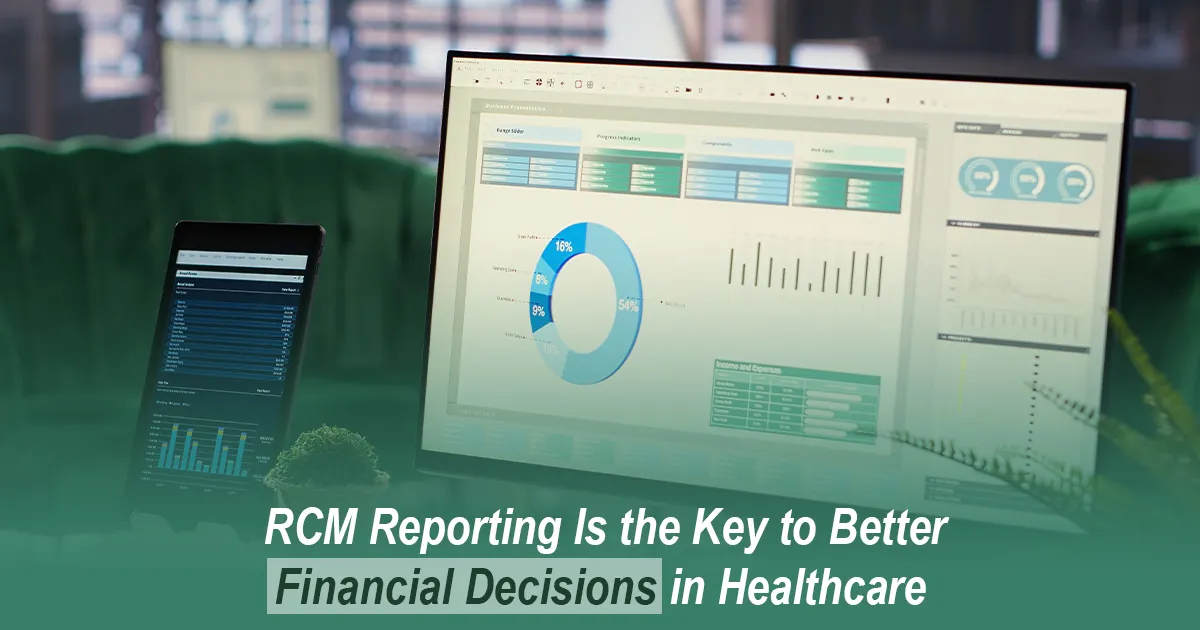
Posted By: Medsole RCM
Posted Date: Jun 26, 2025
Revenue Cycle Management (RCM) is the financial backbone of every healthcare organization. From patient registration to final payment, every step in the billing cycle impacts cash flow, efficiency, and profitability. However, without accurate and timely reporting, decision-makers are left guessing. This is where RCM reporting becomes essential not just for visibility but for strategic growth.
At MedSole RCM, we’ve worked with clinics, private practices, and specialty providers to improve their financial outcomes through focused reporting practices. With the right data in hand, healthcare leaders can uncover inefficiencies, reduce claim denials, and make data-driven decisions that lead to long-term financial health.
RCM reporting refers to the structured collection and analysis of data throughout the medical billing process. These reports track performance metrics such as claim approval rates, denial reasons, days in accounts receivable (A/R), reimbursement speed, and payer trends.
Unlike generic financial reporting, reporting in medical billing dives deep into operational bottlenecks, allowing organizations to take corrective action before revenue is affected.
Without visibility, it’s nearly impossible to improve. Medical billing reporting services give providers the data they need to:
According to the Healthcare Financial Management Association (HFMA), more than 60% of denied claims are recoverable but only if providers have systems in place to detect and address them early. RCM reporting makes this possible.
A solid reporting process in healthcare revenue management typically includes:
These reports highlight the number of charges entered and missing charges by provider or department, giving insight into potential revenue loss due to under-coding or overlooked services.
Track how many claims were sent to each payer, when they were submitted, and the status of each providing transparency into claim processing speed and accuracy.
Understanding denial reasons helps practices correct recurring issues. Whether it's coding errors, invalid patient information, or eligibility problems, denial reports are crucial for loss prevention.
Accounts receivable reports show how long balances have been outstanding. Practices can use this to prioritize follow-ups and maintain steady cash flow.
These allow providers to evaluate how different payers are reimbursing over time and help in negotiating better payer contracts.
Avoid these common pitfalls when adopting RCM reporting:
Data overload → Focus on 5 critical KPIs first
Isolated reports → Integrate with EHR/PMS
Historical-only views → Add predictive analytics
Static PDFs → Use interactive visualization tools
At MedSole RCM, our medical billing reporting services are built around transparency, accuracy, and clarity. We provide our clients with detailed dashboards and scheduled reports that help them monitor:
Our goal is not just to deliver data, but to deliver usable insights that translate into action. Practices can use these reports to allocate resources, set realistic financial goals, and eliminate guesswork from critical decisions.
Beyond day-to-day operations, RCM reports help practices plan long-term. With real data, leadership can:
Data-driven decision-making isn’t a luxury in modern healthcare, it’s a necessity.
In the evolving world of healthcare, data isn’t just about numbers, it’s about direction. RCM reporting gives healthcare providers the clarity needed to make smarter financial decisions. Whether you run a solo practice or a multi-specialty clinic, understanding the details of your revenue cycle can lead to improved collections, reduced denials, and better planning.
At MedSole RCM, we believe in giving you the tools to take control of your revenue. Through precise medical billing reporting services, we turn raw data into real insight helping your practice grow with confidence. Let MedSole RCM turn your billing data into actionable insight. Contact us today.
RCM reporting refers to the process of collecting and analyzing data from different stages of the revenue cycle to track financial performance and identify areas for improvement.
By providing visibility into the reasons claims are denied, RCM reports allow practices to fix recurring issues such as incorrect coding or eligibility errors leading to higher approval rates.
Some of the most vital metrics include days in A/R, denial rates, net collection rate, claim turnaround time, and clean claim rate.
Absolutely. Even solo practitioners can gain valuable insights from structured reporting, especially to detect revenue leakage and manage payer relations effectively.
Ideally, practices should review key reports weekly and conduct in-depth reviews monthly or quarterly to assess performance trends and make adjustments.
Basic reports show static numbers (e.g., "total denials"). Advanced RCM reporting reveals patterns, causes, and solutions.
Yes—MedSole RCM connects with major platforms like Epic, Cerner, and AthenaHealth for automated data sync.
A/R Aging Report. It shows unpaid claims by timeframe (0-30/31-60/61-90/90+ days), directly indicating cash flow health.
Advanced systems detect emerging issues within 72 hours (e.g., sudden denial rate increases or payment delays).
Recent Blogs

Posted Date: Jun 24, 2025

Posted Date: Jun 26, 2025

Posted Date: Jun 28, 2025

Posted Date: Jun 30, 2025

Posted Date: Jul 02, 2025

Posted Date: Jul 04, 2025

Posted Date: Jul 07, 2025

Posted Date: Jul 09, 2025

Posted Date: Jul 11, 2025

Posted Date: Jul 14, 2025

Posted Date: Jul 16, 2025

Posted Date: Jul 18, 2025

Posted Date: Jul 22, 2025

Posted Date: Jul 23, 2025

Posted Date: Jul 25, 2025

Posted Date: Jul 28, 2025

Posted Date: Aug 01, 2025

Posted Date: Aug 04, 2025

Posted Date: Aug 06, 2025
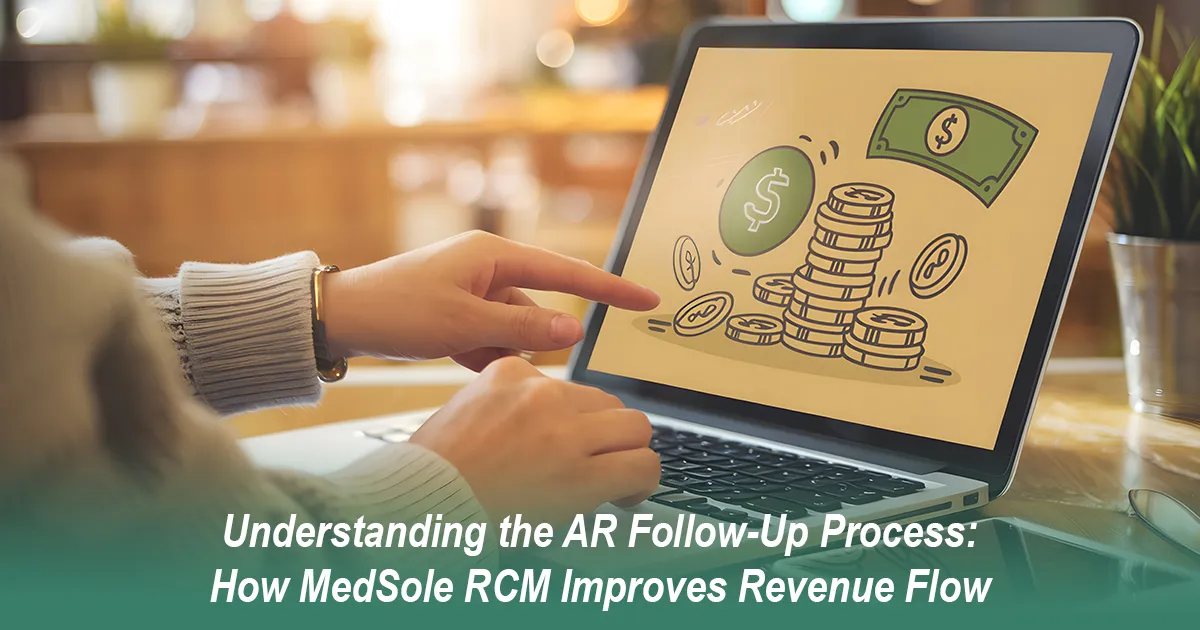
Posted Date: Aug 08, 2025

Posted Date: Aug 11, 2025

Posted Date: Aug 14, 2025

Posted Date: Aug 18, 2025
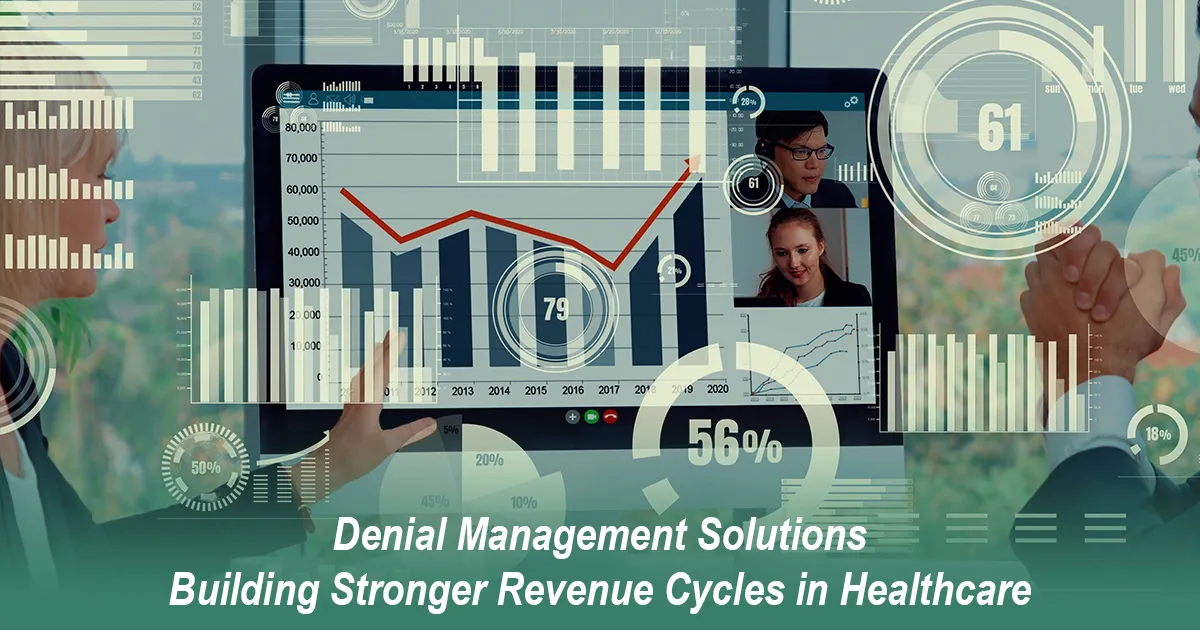
Posted Date: Aug 20, 2025
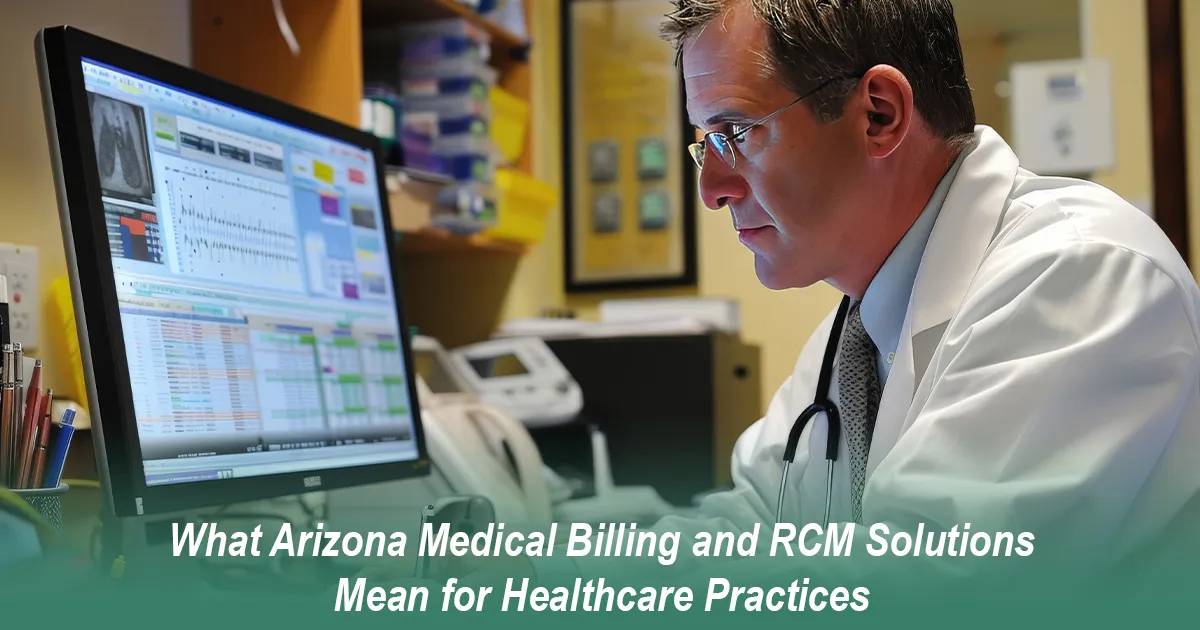
Posted Date: Aug 25, 2025

Posted Date: Aug 27, 2025

Posted Date: Aug 29, 2025

Posted Date: Sep 03, 2025

Posted Date: Sep 05, 2025

Posted Date: Sep 08, 2025

Posted Date: Sep 15, 2025
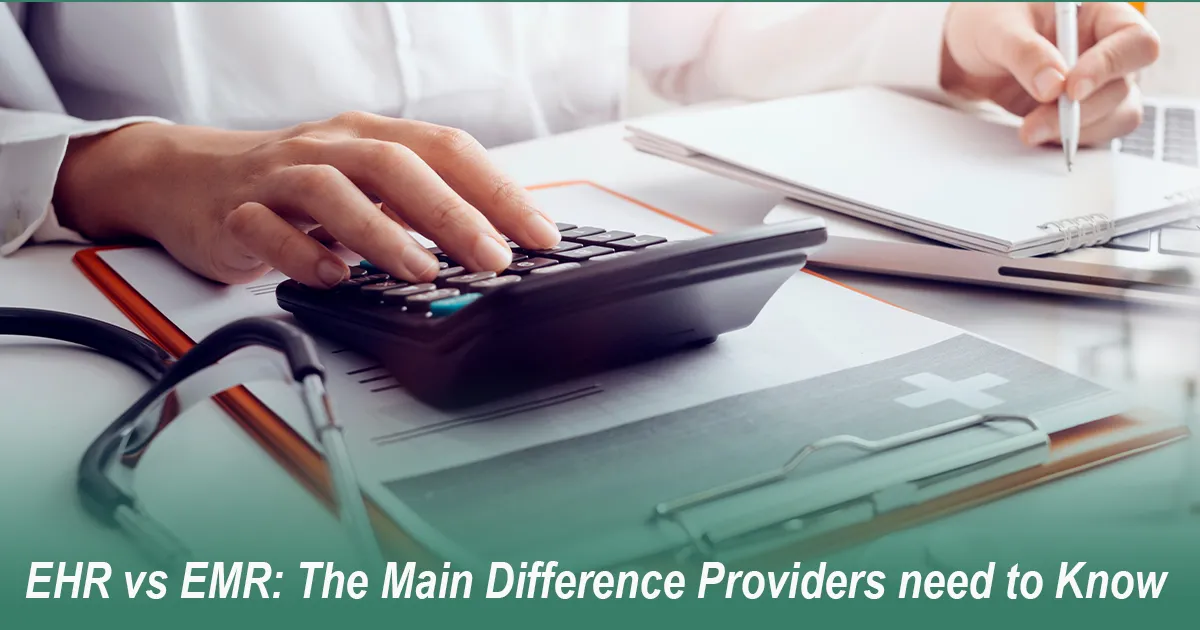
Posted Date: Sep 18, 2025

Posted Date: Sep 22, 2025

Posted Date: Sep 24, 2025

Posted Date: Sep 26, 2025

Posted Date: Sep 29, 2025

Posted Date: Oct 02, 2025

Posted Date: Oct 13, 2025

Posted Date: Oct 16, 2025

Posted Date: Oct 23, 2025
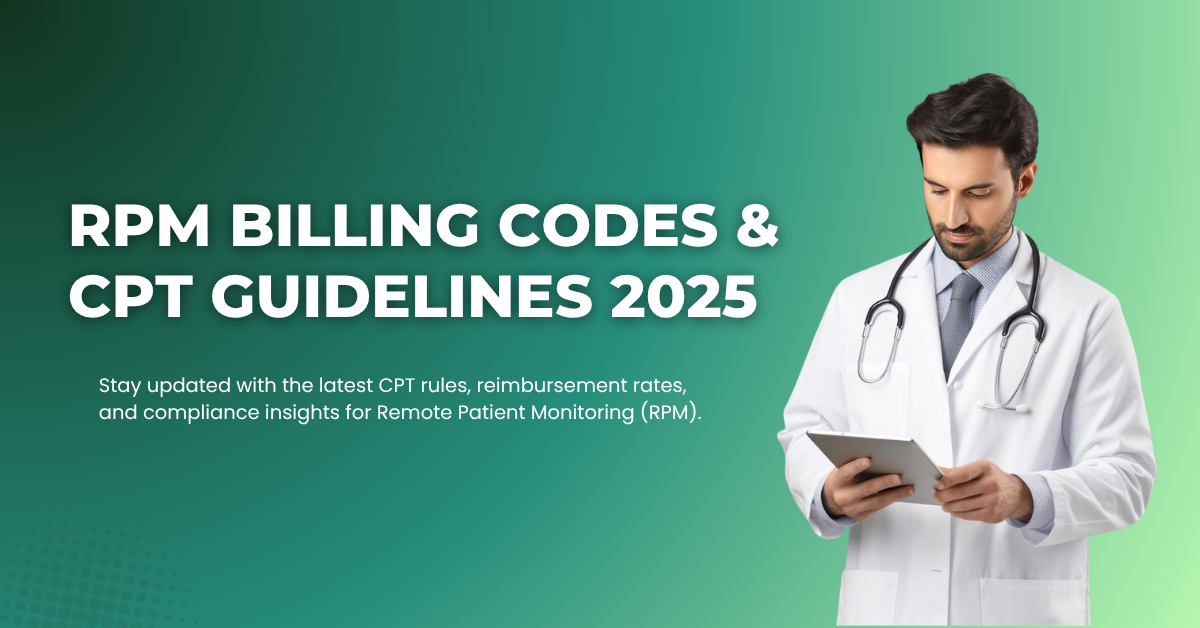
Posted Date: Oct 27, 2025

Posted Date: Oct 28, 2025

Posted Date: Oct 30, 2025

Posted Date: Oct 31, 2025
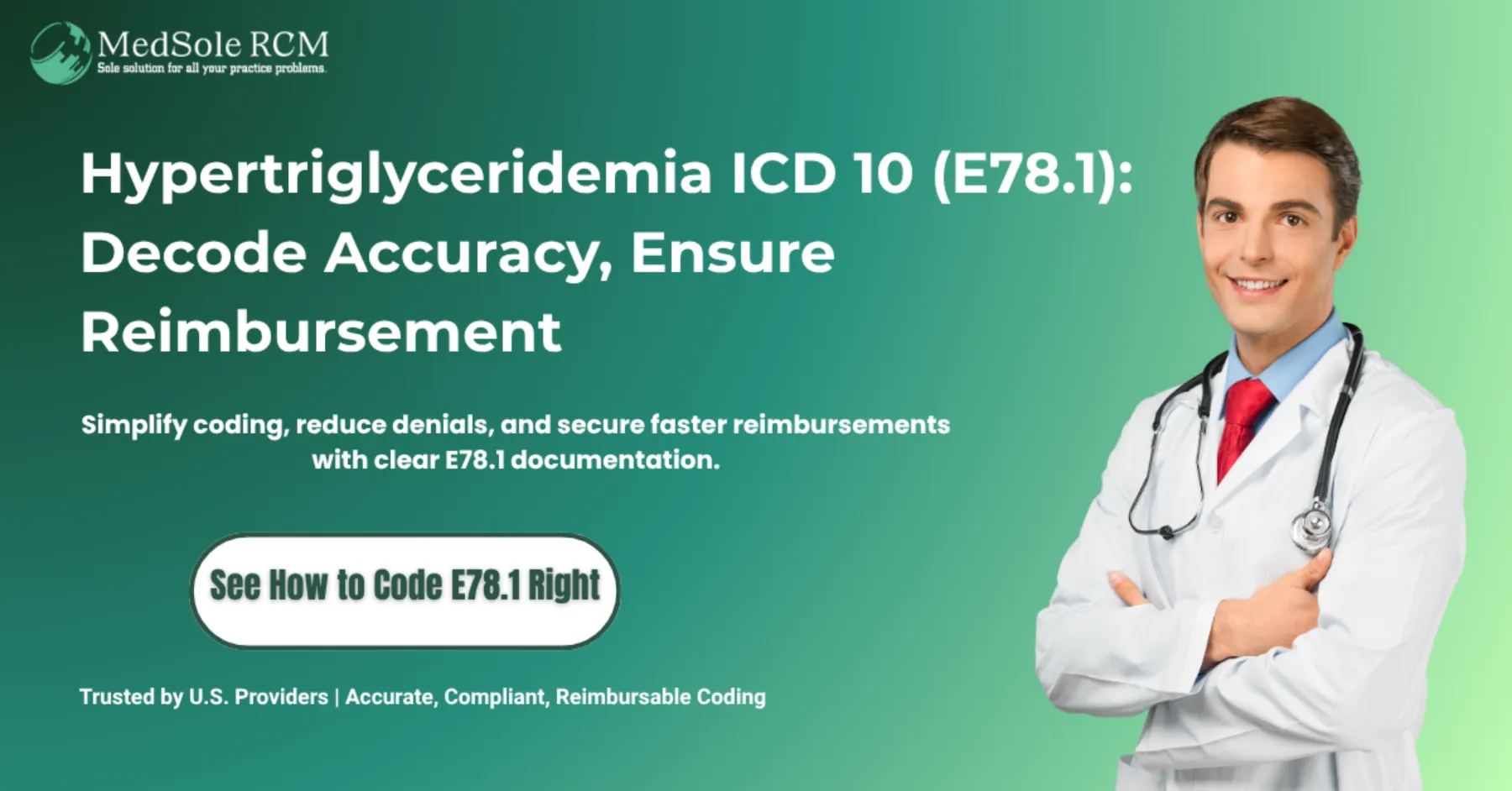
Posted Date: Nov 03, 2025

Posted Date: Nov 05, 2025
_11zon.webp)
Posted Date: Nov 11, 2025
.webp)
Posted Date: Nov 14, 2025